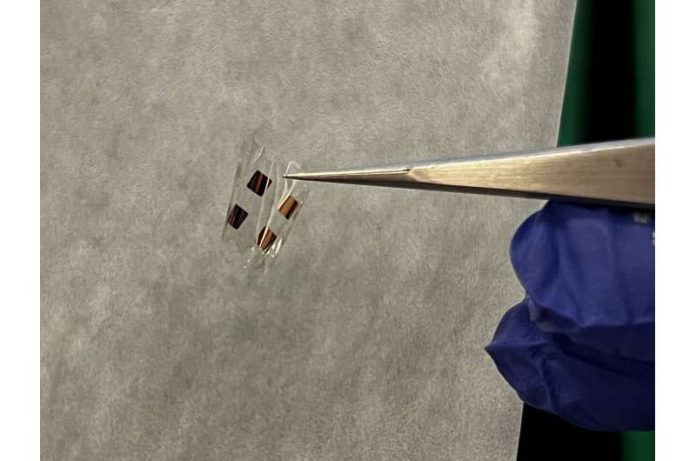
A group of scientists from the University of California San Diego and the University of Chicago have achieved a major milestone in battery research.
This group is led by Professor Ying Shirley Meng, who works with both universities, and Diyi Cheng, a recent Ph.D. graduate from UC San Diego.
Also, researchers from Lawrence Berkeley National Laboratory and Lawrence Livermore National Laboratory, as well as UC Berkeley, are part of this exciting project.
What’s LiPON and Why It Matters?
These researchers are working on something called lithium phosphorus oxynitride, or simply LiPON. It’s a thin, solid material that could be a key part of future batteries.
You see, LiPON allows tiny particles, called ions, to move around, which is crucial for a battery to work.
It’s believed that it could be used with many types of battery materials, which makes it super important for future battery technology.
However, up until now, it’s been really hard for scientists to get a good look at LiPON and understand it fully. Because of the way it’s made, it’s been tough to study it in detail.
But this team has now found a way to create LiPON in a special form that allows them to study it more closely. It’s like finding a new way to open a locked door that has been keeping a treasure hidden.
The Journey of LiPON
The story of LiPON started in 1992 when it was first made by a group of scientists at Oak Ridge National Laboratory. But even after three decades, we still don’t know a lot about LiPON. There are a few reasons for this:
- LiPON doesn’t have a clear structure, making it hard to get information about it using common methods.
- It’s really sensitive to air and electron beams, which limits the tools scientists can use to study it.
- The traditional way of making LiPON doesn’t give us enough signals to measure its properties effectively.
A New Chapter for LiPON
Because of these challenges, the team came up with a new way to make LiPON. This resulted in a version of LiPON that’s flexible, transparent, and easier to study using special techniques.
This new approach has allowed the researchers to learn more about LiPON, including details about its chemical makeup, how it reacts to heat, and its mechanical properties.
In technical terms, they found out details about the formation of the interface between lithium metal and LiPON, discovered that LiPON has a well-defined transition temperature at around 207 degrees Celsius, and found out that the hardness of LiPON is around 33 GPa.
Promising Results for Better Batteries
The team didn’t just study the new form of LiPON, they also tested it in real batteries. They found that it helps to create a very dense deposit of lithium metal, a critical step for a battery to function, without any external pressure.
This is achieved with the help of internal stress and a layer of gold. This finding is important because it gives clues about how to improve future solid-state batteries.
This work has shown that LiPON could be a big deal for things like wearable technology and other small devices.
It provides important insights into the basics of LiPON and its potential applications, which could make a big difference in the development of future lithium solid-state batteries.
The findings are shared in a report published in Nature Nanotechnology, a well-respected scientific journal.
The study was published in Nature Nanotechnology.



